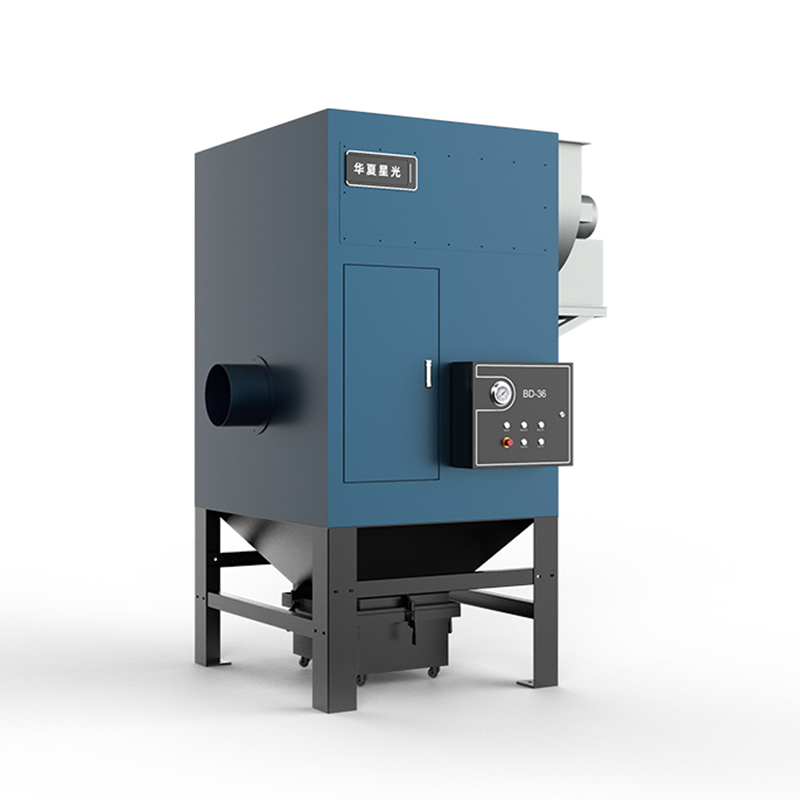Difference between pulse cleaning machine and continuous cleaning machine
1. Cleaning efficiency comparison:
*Aluminum painted remove: The paint removal efficiency of pulse laser is much higher than that of continuous laser with 7.7 times. The cleaning efficiency of pulsed laser is 2.77m²/h, while that of continuous laser is 0.36m²/h.
*Carbon steel painted remove: The paint removal efficiency of pulsed laser is also higher than that of continuous laser. The rate is 3.5 times that of continuous light. The cleaning efficiency using pulsed laser is 1.06m²/h, while the cleaning efficiency of continuous laser. Efficiency is 0.3m²/h
2. Material surface roughness comparison
Carbon steel surface: Pulsed laser causes less damage to the surface of the sample, the surface roughness is close to or even lower than the original material. But after using continuous light cleaning, the surface of the sample is severely damaged, so the surface roughness of the cleaned sample is the roughness value of the original material 1.5 times, which is 1.7 times the surface roughness after pulse light cleaning.
3. In conclusion: the difference between pulse cleaner and continuous cleaner
*Under the same power conditions, the cleaning efficiency of pulse laser is much higher than that of continuous laser. Pulsed lasers can better control heat input, preventing the substrate from overheating or micro-melting.
*Continuous lasers price is cheaper and can be compensated for efficiency and pulse up time by using high-power lasers. But the heat input of higher power continuous light is larger, and the degree of damage to the substrate will also increase.
*Therefore, both have fundamental differences in application scenarios. High precision requires strict control of substrates motherboards that require native lossless applications, such as molds, should choose pulse lasers. For some For large steel structures, pipelines, etc., due to their large size, fast work, and low requirements on base material damage, continuous lasers can be selected.
Difference between pulse cleaning machine and continuous cleaning machine:
1. Cleaning efficiency comparison:
*Aluminum painted remove: The paint removal efficiency of pulse laser is much higher than that of continuous laser with 7.7 times. The cleaning efficiency of pulsed laser is 2.77m²/h, while that of continuous laser is 0.36m²/h.
*Carbon steel painted remove: The paint removal efficiency of pulsed laser is also higher than that of continuous laser. The rate is 3.5 times that of continuous light. The cleaning efficiency using pulsed laser is 1.06m²/h, while the cleaning efficiency of continuous laser. Efficiency is 0.3m²/h
2. Material surface roughness comparison
Carbon steel surface: Pulsed laser causes less damage to the surface of the sample, the surface roughness is close to or even lower than the original material. But after using continuous light cleaning, the surface of the sample is severely damaged, so the surface roughness of the cleaned sample is the roughness value of the original material 1.5 times, which is 1.7 times the surface roughness after pulse light cleaning.
3. In conclusion: the difference between pulse cleaner and continuous cleaner
*Under the same power conditions, the cleaning efficiency of pulse laser is much higher than that of continuous laser. Pulsed lasers can better control heat input, preventing the substrate from overheating or micro-melting.
*Continuous lasers price is cheaper and can be compensated for efficiency and pulse up time by using high-power lasers. But the heat input of higher power continuous light is larger, and the degree of damage to the substrate will also increase.
*Therefore, both have fundamental differences in application scenarios. High precision requires strict control of substrates motherboards that require native lossless applications, such as molds, should choose pulse lasers. For some For large steel structures, pipelines, etc., due to their large size, fast work, and low requirements on base material damage, continuous lasers can be selected.
















